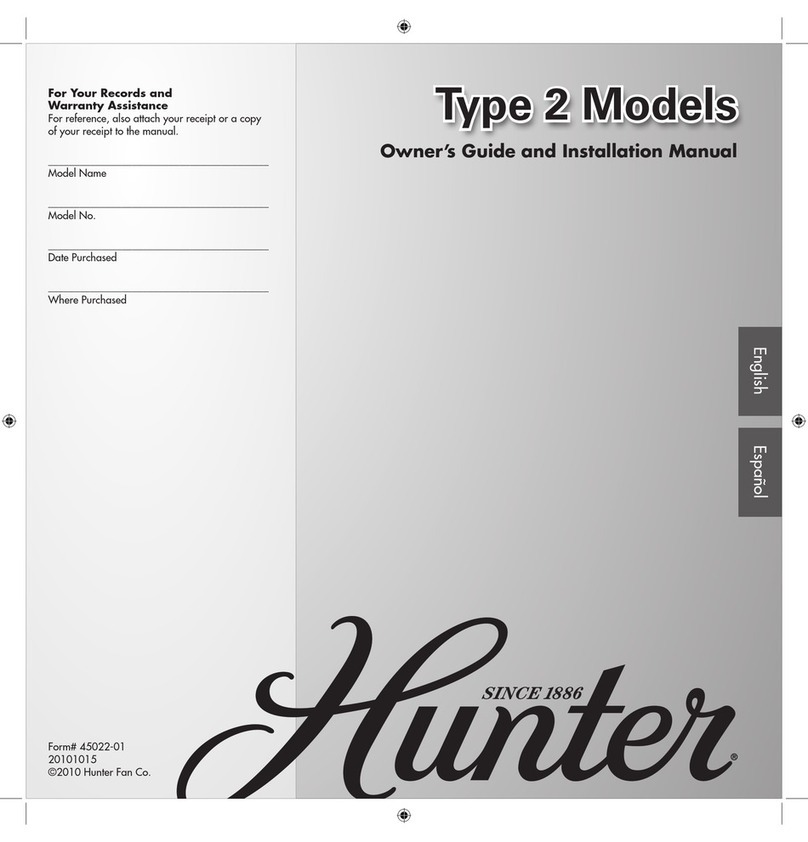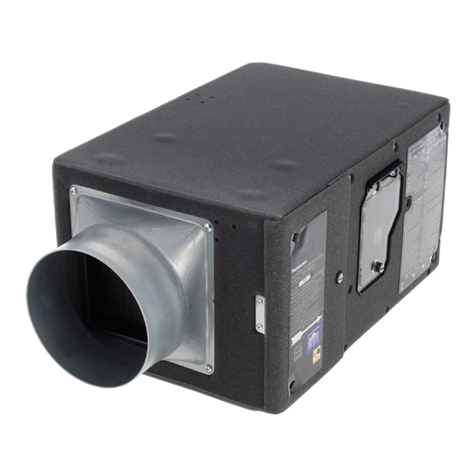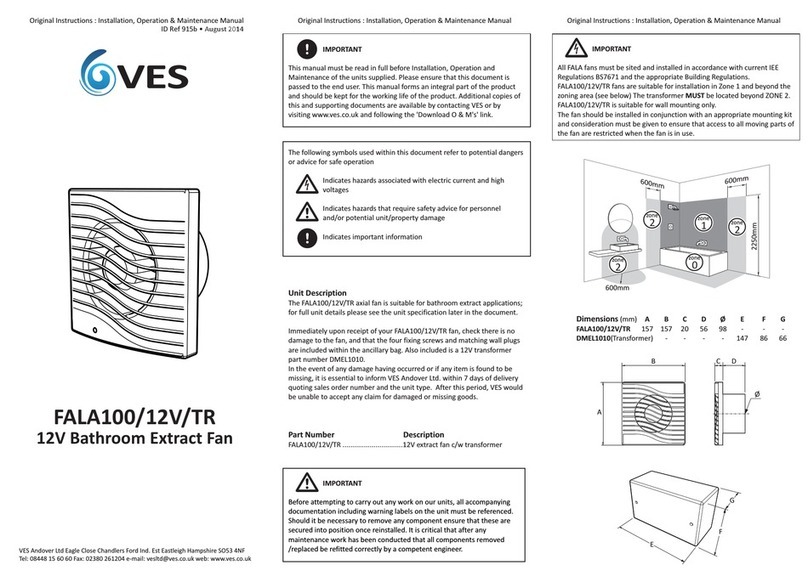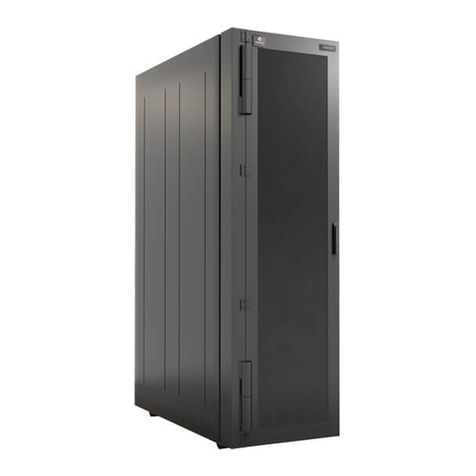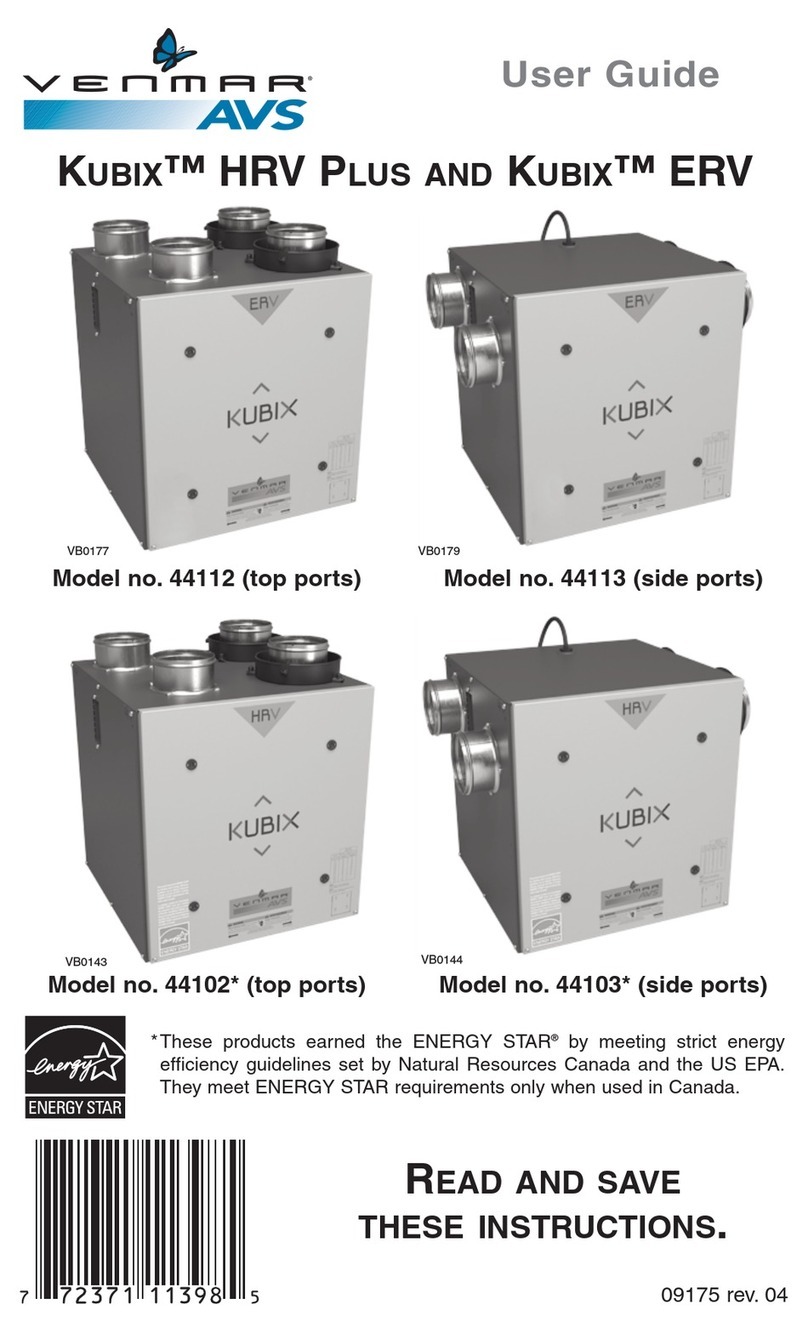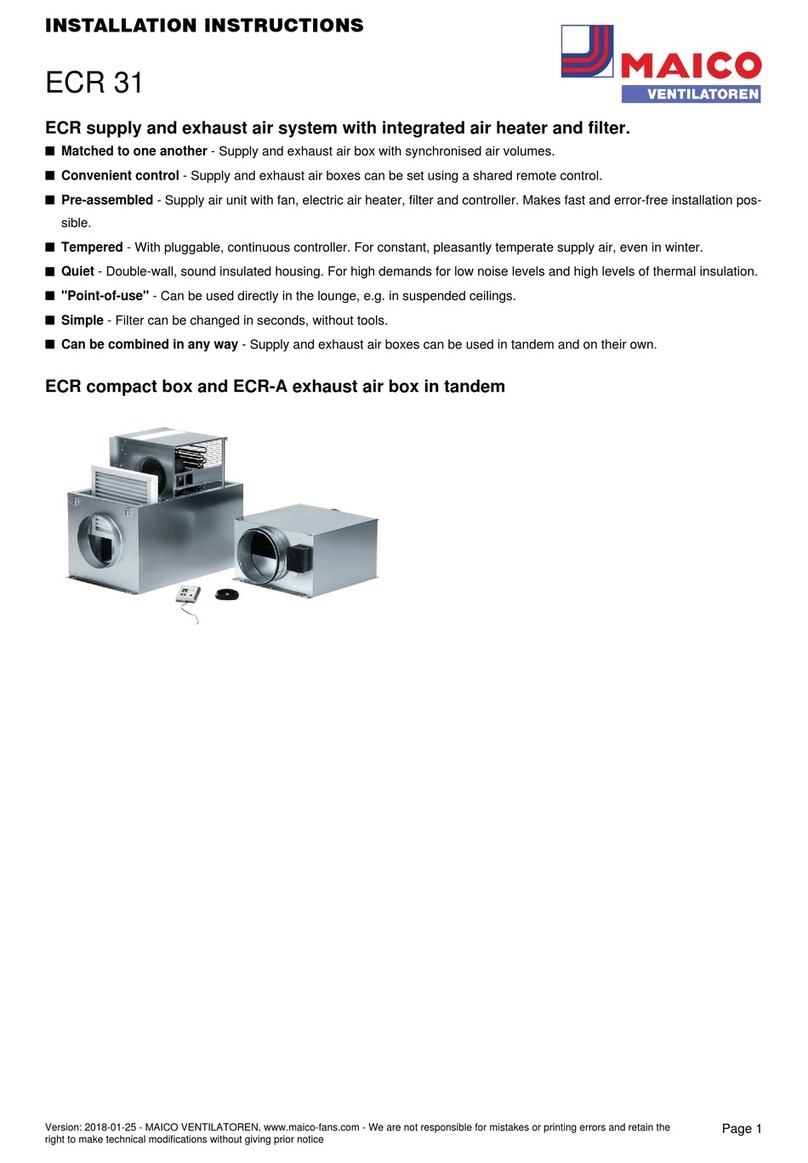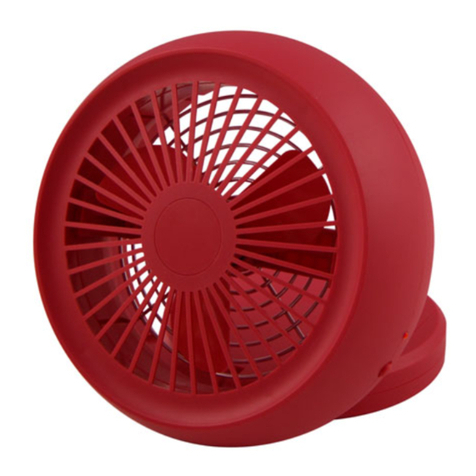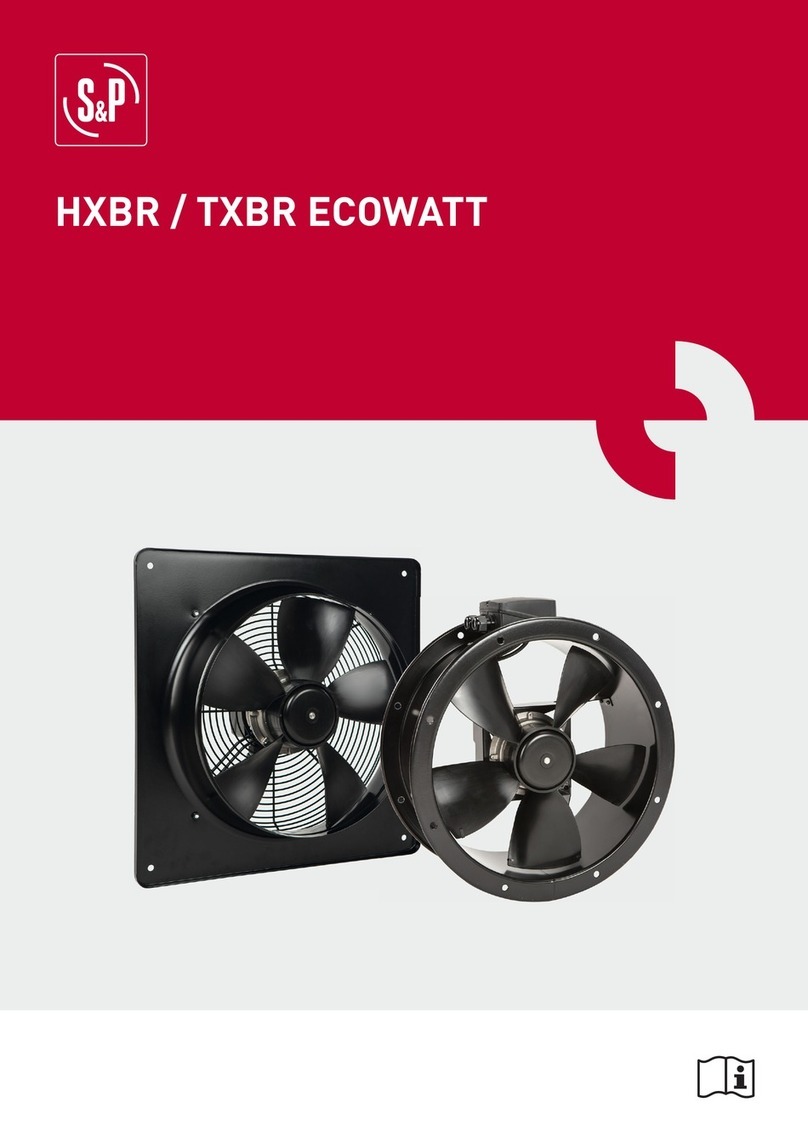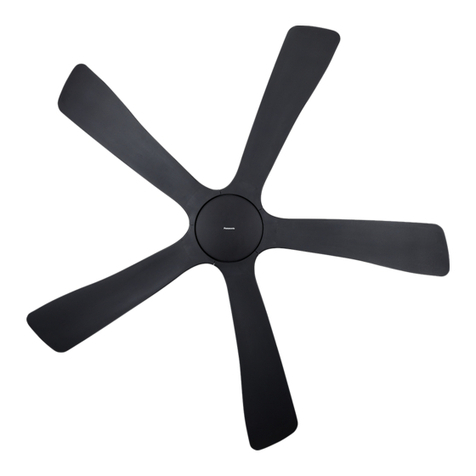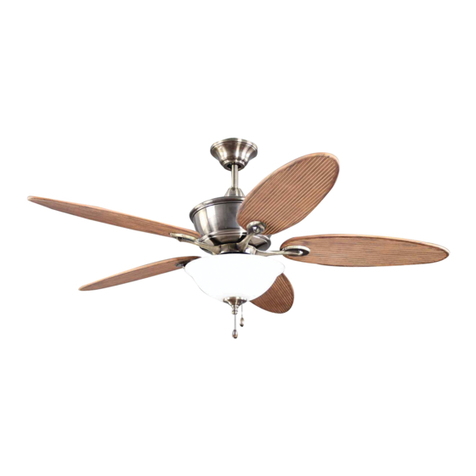
6
Réception de l'appareil
L’appareil est livré dans un emballage carton
étiqueté(fig.3) avec toutes les caractéristiques
de l’appareil (type, modèle, code article,
numéro d’ARC et les coordonnées client,...)
vous permettant d’identifier celui-ci précisé-
ment.
Chaqueappareil possède une plaque signaléti-
que (fig. 4) portant un code article à rappeler
dans toute correspondance.
Unit reception
The unit is supplied in labelled cardboard pack-
aging (fig. 3) with all the unit’s characteristics
(type, model, item code, acknowledgement of
receipt number and customer details, etc.)
enablingyou to identify it precisely.
Each unit has an identification plate (fig.4)
marked with an identification number to be
given in all correspondence.
Entgegennahme des Geräts
Das Gerät wird in einer etikettierten (fAbb. 3) Karton
verpackung mit allen Angaben (Typ, Modell, Artikel
Kode, BestellungsNummer und den Kundenadressen,
...) geliefert. Diese Angaben erlauben Ihnen, das Gerät
genau zu identifizieren.
Jedes Gerät besitzt ein Typenschild (Abb.4) mit Identi
fikationsNummer , die bei jeder Korrespondenz angege
ben werden muss.
Fig. 3
Fig. 4
A la réception des colis, le contrôle de l’état de la
marchandiseà l’arrivée est de la responsabilité
totaledu destinataire :
Pour les manquants, le client doit mentionner
le nombre exact de colis reçus.
En cas d’avaries sur les appareils, le client
doitdécrire impérativement sur le récépissé les
dommages constatés en présence du livreur, et
signer le récépissé qu’après.
IMPORTANT : Ces remarques, conformément
à l’article 105 du Code du Commerce, doivent
être confirmées, par lettre recommandée,
auprésdu transporteur, dans un délai de 3 jours
ouvrables. Les mentions ”sous réserves” et
”sous réserves de déballage” n’ont aucune
valeur. Le client doit déballer la marchandise en
présence du livreur. Des réserves précises à la
livraisonsont nécessaires.
Manutention
Attention : l’appareil doit être manutentionné
avec soins. Les chocs risquent de fausser le
châssis et de détériorer le groupe moto-ventila-
teurs.
Instruction pour démon
tage carrosserie modèle
CV ou CH
Pendantles travaux d’installation de l’appareil,
la carrosserie sera enlevée (en retirant les deux
vis repère 1) et replacée dans son emballage
d’origine.
La pellicule de protection de la peinture devra
être retirée impérativement avant la re-mise en
place définitive de la carrosserie.
When the packages are received, the inspec-
tion of the condition of the goods at arrival is the
recipient’s entire responsibility :
For shortages, the customer must mention the
exact number of packages received.
In the event of defects on the units, the cus-
tomer must describe the damage observed on
the receipt in the presence of the delivery per-
son, and only sign the receipt after having done
this.
IMPORTANT : These remarks, in compliance
with article 105 of the French trade code, must
be confirmed by registered letter to the transport
operatorwithin 3 working days. The terms ”res-
ervations” and ”subject to unpacking” are not
valid. The customer must unpack the goods in
the presence of the delivery person. Specific
reservationsat delivery are required.
Handling
Attention: the unit must be handled with care.
With shocks, there is a danger of buckling the
frame and damaging the fan/motor(s)
assembly.
Instructions for
dismounting the cabinet
model CV or CH
Duringinstallation of the unit, the cabinet will be
lifted (by removing the 2 screws ref.1) and kept
in its original container.
The paint protective film must be peeled off be-
fore final positioning of the cabinet.
Bei Entgegennahme der Pakete: Die Kontrolle des Mate
rialzustands bei seiner Ankunft liegt in der vollständigen
Verantwortlichkeit des Empfängers :
Für fehlendes Material, muss der Kunde die genaue
Anzahl der erhaltenen Pakete anführen.
Im Fall von Transportschäden der Geräte, muss der
Kunde unbedingt, in Gegenwart vom Lieferanten, die
festgestellten Schäden auf der Empfangsbescheinigung
beschreiben und erst anschliessend die Empfangsbe
scheinigung unterschreiben.
WICHTIG :Diese Bemerkungen, gemäss Artikel 105 des
"Code du Commerce", müssen durch ein Einschreiben
an den Spediteur innerhalb von 3 Werkstagen bestätigt
werden. Die Vermerke "unter Vorbehalt" und "unter Vor
behalt von Auspacken" haben keine Gültigkeit. Der
Kunde muss die Ware in Gegenwart vom Lieferanten
auspacken. Bei der Lieferung sind genaue Vorbehalte
notwendig.
Handhabung
Achtung :Das Gerät muss sorgfältig behandelt werden.
Durch Schlageinwirkung kann das Gehäuse beschädigt
und die MotorVentilatoreneinheit zerstört werden.
Anweisung für die Demontage des
Gehäuses des Modells CV oder CH
Während der Installationsarbeiten des Gerätes wird das
Gehäuse abgenommen (durch Zurückziehen der zwei
Schrauben, Markierung 1) und in seiner Originalverpac
kung gelegt.
Die Farbschutzfolie muss unbedingt abgezogen wer
den, bevor das Gehäuse wieder an seinen endgültigen
Platz gebracht wird.

